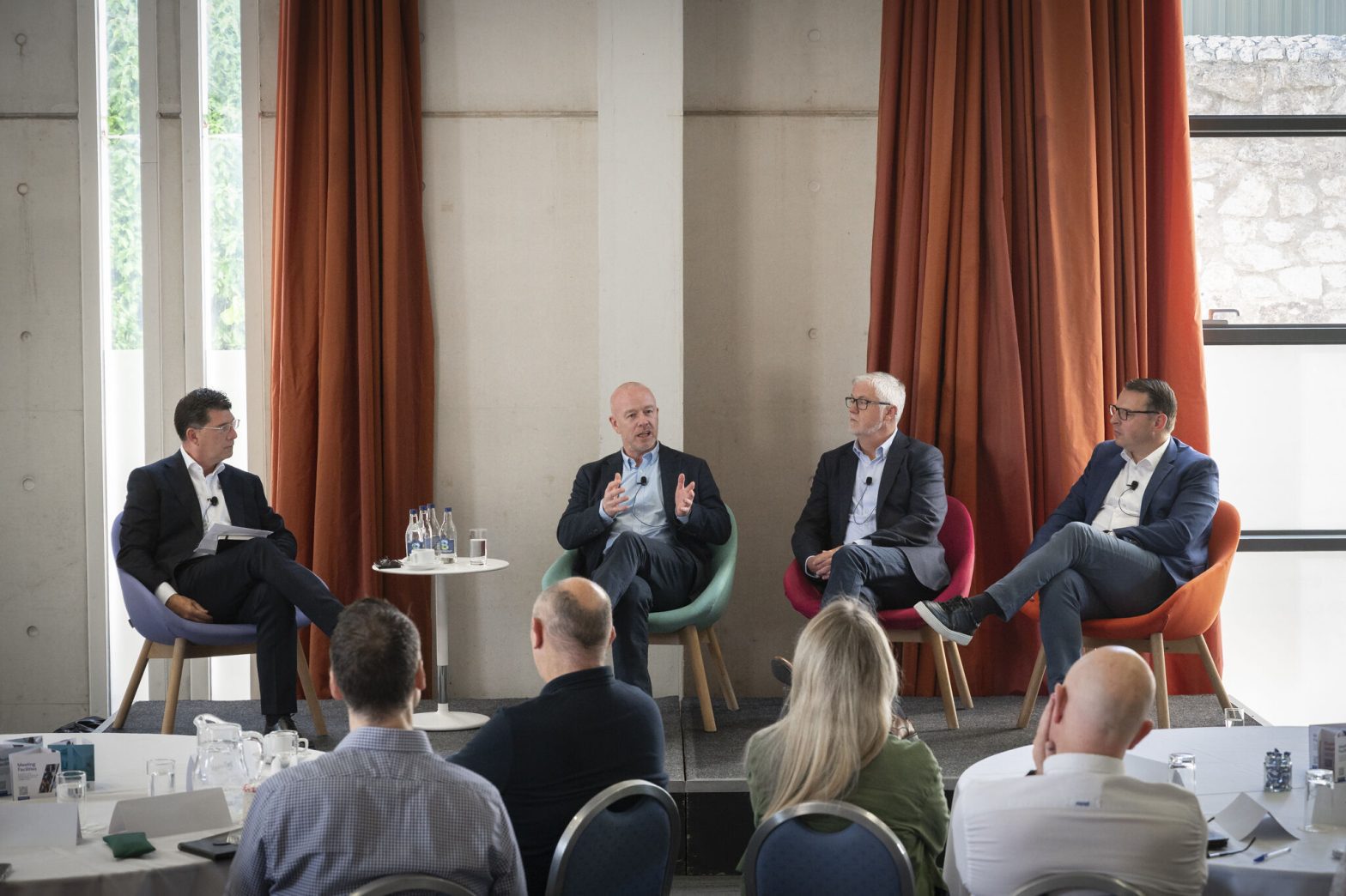In my opinion there are three organisation wide people focused initiatives that I have found particularly helpful in creating high performance cultures:

The result: A workforce with the right capabilities, willing to go the extra mile (engaged) and enabled to perform at their best. An organisation where strategic priorities and culture are aligned and working together to deliver an exceptional customer experience and, in turn, impact / profits and shareholder value.
Building Capabilities:
Capability building is central to organisational performance. There is a need to identify and focus development interventions on those competencies that add the most value to the organisation’s business performance i.e. those that enable the effective execution of the organisation’s strategy. A recent Economist study reported that “61% of respondents acknowledge that their firms often struggle to bridge the gap between strategy formulation and its day-to-day implementation”.
Moreover, in the last three years an average of just “56% of strategic initiatives has been successful.”1. Companies can improve on this track record by paying far greater attention to the capabilities they need to successfully implement their strategy.
C.K. Prahalad and G Hamel, in their HBR article “The Core Competence of the Corporation” argue that “the real sources of advantage are to be found in management’s ability to consolidate corporate-wide technologies and production skills into competencies that empower individual businesses to adapt quickly to changing opportunities”. They go further to state that unlike products, technology and processes which can be easily copied and replicated, core competencies are difficult for competitors to imitate and therefore can become a unique source of long term competitive advantage.
Caution:
A common mistake organisations make is to over-focus on today’s capability needs at the detriment of important longer-term capability needs that might end up not being addressed. This requires organisations to look into the external environment to identify future threats, challenges and opportunities and their impact on the capability requirements of the organisation going forward.
Engagement
There is a growing body of evidence over the past decade that validates (1) that engaged employees outperform their non-engaged co-workers and (2) the quantifiable relationship between levels of organizational engagement and financial performance
Engagement is an employee’s willingness to expend discretionary effort / to go the extra mile at work
Towers Watson’s Global Workforce Study 2014 found that only 4 in 10 employees are highly engaged; that close to a quarter (24%) are disengaged, and another 36% can be described as either unsupported or detached. A full 60% of employees lack the elements required to be highly engaged.
This engagement gap presents a great challenge but also a great opportunity to improve organisational performance
Organisations need to make engagement an organisational priority led from the top, assess current employee engagement levels and, develop and implement engagement plans.
Supportive Work Environment
Capability building and staff engagement, however, can take a company only so far. Factors specifically related to the work environment also play a critical role.
That is, organisations need to provide employees with the support they need to do their work efficiently and effectively. E.g. providing people with the tools, resources and support to do their job effectively, giving them meaningful work and creating an environment that promotes employees’ physical, social and emotional well-being. In these environments:
- People are clear on the strategic direction of their organisation and what they are expected to deliver and the way in which to deliver it (Role Clarity)
- People understand how their job contributes to the success of his/her department and organisation (Task Identity)
- People understand the positive impact their work has on others within or outside the organization (Task significance)
- People are trusted, empowered and given the right level of autonomy to perform their role (Autonomy)
- People are given enough on the job learning and growth opportunities to improve themselves and achieve their potential (Mastery)
- People receive on-going constructive feedback on performance from customers, colleagues and the manager for development
While an organisation’s culture can become its main source of long term sustainable competitive advantage, proactively managing, improving or changing is one of the most difficult leadership challenges.
Can your organisation’s leadership opt out?
If so, do they run the risk of their organisation becoming less and less attractive to employees and shareholders? Becoming irrelevant?
What do you think? Would love to hear your views on this blog as well as your thoughts on things / initiatives that can enable the creation of a high performance culture.
1“Why Good Strategies Fail: Lessons for the C-Suite,” Economist Intelligence Unit, 2013, http://www.pmi.org/~/media/PDF/Publications/WhyGoodStrategiesFail_Report_EIU_PMI.ashx

Pedro Angulo is the new Programme Director of the IMI Diploma in Strategic HR Management and contributes on the IMI Diploma in Executive Coaching.
Pedro is an Organisational Effectiveness Business Partner in AIB and Chairperson of the Irish EMCC (European Mentoring and Coaching Council).
He is a motivational speaker and regular presenter at HR, coaching, change and business conferences / events.
_____________________________________



